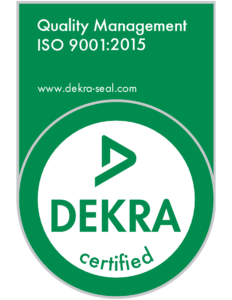Hot plate welding and infrared welding are two common methods for welding thermoplastic materials. While both methods are used to join plastic parts, they differ in the way that heat is applied and the type of equipment used.
Hot plate welding involves heating the plastic parts to be joined using a heated metal plate or tool. The parts are held in place against the hot plate until the material softens and becomes molten. The parts are then pressed together and held in place until the material cools and solidifies, creating a strong bond.
Infrared welding, on the other hand, uses infrared radiation to heat the plastic parts. A source of infrared radiation, such as a lamp, is used to heat the surface of the parts until they become molten. The parts are then pressed together and held in place until the material cools and solidifies, creating a strong bond.
One of the advantages of hot plate welding is that it can be used to weld a wide range of thermoplastic materials, including materials that are difficult to weld using other methods. Hot plate welding can also be used to join large or complex parts, and can produce strong, consistent welds.
Infrared welding, on the other hand, is often preferred for welding parts that are sensitive to heat or that have complex shapes. Infrared welding is also faster than hot plate welding, as the heat is applied directly to the surface of the parts and does not need to be conducted through a metal plate or tool.
In general, the choice between hot plate welding and infrared welding depends on the specific materials being welded, the size and shape of the parts, and the desired strength and quality of the weld. Both methods can produce strong, consistent welds when used properly, and can be useful for a wide range of plastic welding applications.
We build small custom hot plate welders upon request. We also are aware that our infrared technology is better suited for most hot plate applications.
Advantages of InfraRed
The Trinetics Infrared Non-Contact Welding System is a breakthrough in welding technology. The Directed I/R system expands the capabilities of thermoplastic welding by enabling plastics manufacturers to bond very intricate components with cooler, safer and energy-efficient non-contact welds and utilizing a dual array design can join two dissimilar plastic materials with differentiating melting points can be joined.
In Directed Infrared Welding the parts being welded never come in contact with the infrared array, as they do with the hot platen in standard thermoplastic welding. This eliminates material buildup on the welding arrays, which diminishes requirements for press ventilation systems, as well as reducing joint consumption and flashing, maintenance and downtime. This technology allows the use of short heat cycle times and has many advantages over hot platen processes. This offers up to 75% savings with go green energy efficiency, a cooler work area, 15 second startup times, average of 10 second production cycle times, reduced maintenance as no material is built up on arrays, the PLC logic is operator friendly and its entry way is operator safe.
Directed Infrared Welding runs the same thermoplastic items as other plastic welding systems and can be designed as a bench or floor model, be operated manually or fully automated, integrate testing and other automated activities while providing greater design flexibility than traditional stand alone systems.

